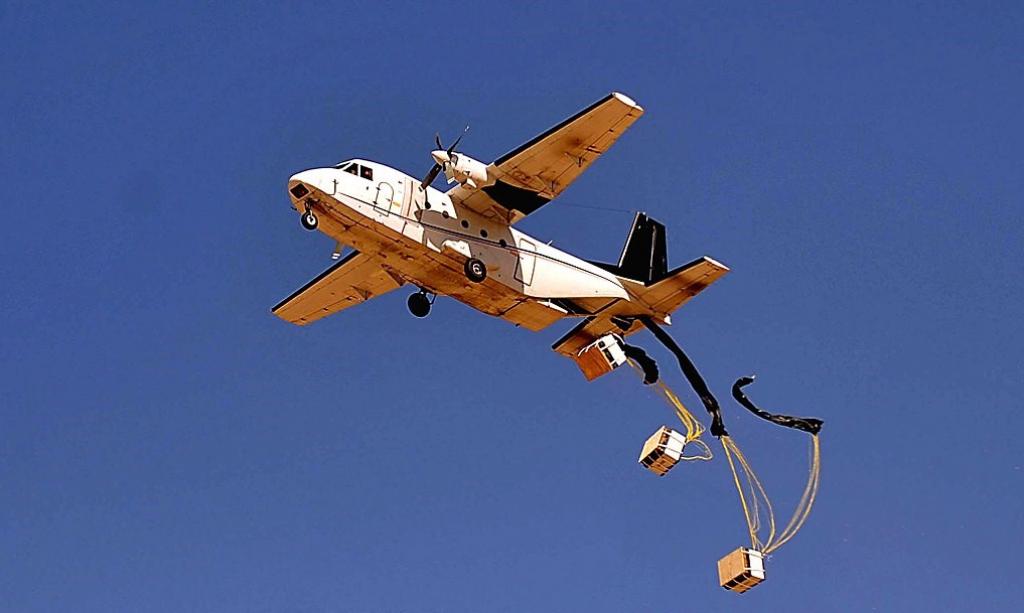The localization agenda in humanitarian action derives its impetus from the World Humanitarian Summit in 2016 where the call was for humanitarian action to be ‘as local as possible, as international as necessary’. Representatives from 18 donor countries and 16 international aid organisations and international non-governmental organisations (INGOs) agreed on a “Grand Bargain” with 51 separate commitments to improve the efficiency and effectiveness of international humanitarian aid. Among other things, there was an ambitious commitment to achieve by 2020, a global, aggregated target of at least 25 per cent of humanitarian funding to local and national responders as directly as possible to improve outcomes for affected people and reduce transactional costs.
Contained in the 2020 Annual Independent Report (AIR) for the Grand Bargain is a celebration of the wider impact in terms of a more cohesive, collaborative approach across the international humanitarian aid sector. However, the same Report confesses that other than this, substantive shifts in practice have not yet been realised in most areas. The underlying problems include, (i) a lack of strategic focus as a vast majority of signatories continue to emphasise their own institutional priorities, and (ii) a general failure to take emerging positive practice to scale due to apathy, a lack of interest in changing established priorities and practices. That the Grand Bargain has failed to achieve “substantive shifts in practice” after four years exposes the deeper systemic issues which signatories continue to avoid. As the Grand Bargain approaches the five-year mark, questions have been asked on what is next after the expiry of the five-year mandate?
Using the localization workstream as a case in point, despite the isolated pockets of success highlighted in the 2020 AIR on localization, the 2020 Global Humanitarian Report reveals that since 2016, when the percentage of funding to local organisations was 3.1%, small increases were seen in 2017 and 2018. In 2019, shockingly, there was a decrease in assistance sent directly to local and national actors of 2.1% (US$444 million) and a decrease of 3.5% (US$782 million) in 2018. Thus, the lack of real progress on the 25% target suggests apathy and contradictions in the industry and how the current business model make the path to localization difficult.
In addition, the agreed definition of local or national actors is problematic in that it reinforced the status quo where local organisations (home-grown local and national organisations) are grouped together with international confederations, networks and INGOs with national offices in the global South. The problem is that local affiliates for INGOs are considered as local organisations despite the connection of their governance and fundraising systems to international networks, confederations and alliances in the global north. As a result, local and home-grown organisations have to compete with well-resourced and supported affiliates who benefit from being part of international networks. Localization would have been a pivotal opportunity to recalibrate the power dynamics and imbalance bedevilling the sector, but by embracing a flawed definition, local organisations are continually marginalized. Even after manipulating the definition to serve their interests, overall funding towards local organisations (including internationally affiliated NGOs) has not substantially increased from the current average of 3% of total humanitarian funding.
The business model of the humanitarian industry is compounded by the contentious role played by UN agencies. These agencies within their mandated sectors are responsible for assessing needs; defining the response strategy; serve simultaneously as fundraiser, intermediary donor, and project implementer; monitor and evaluate their own activities, all measured against technical standards that they maintain. While implementing organisations have to bid for funding, go through rigorous compliance checks and align to rigid procurement standards, UN agencies have the benefit of accessing millions in funding directly from donors without going through any of the hurdles. To put this into perspective, in 2018, governments directed almost two-thirds (US$15.6 billion, 62%) of their humanitarian assistance to multilateral organisations. On the other hand, funding to INGOs from all donors as a proportion of total international humanitarian assistance decreased from 35% in 2017 to 30% in 2018. While for the donors, funding through the UN is an international commitment that helps them reduce transaction costs in the delivery of aid, it simply gives UN agencies unfair advantage and further pushes local or national responders to the margins.
This is an excerpt. To read the full article, visit The Global.
Interested in contributing to our blog? Here is how.


